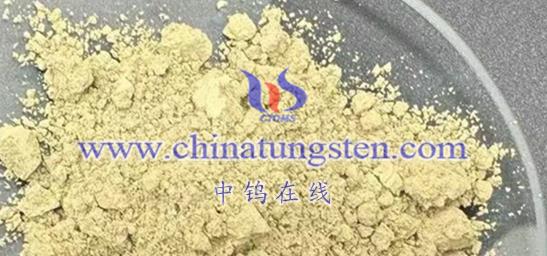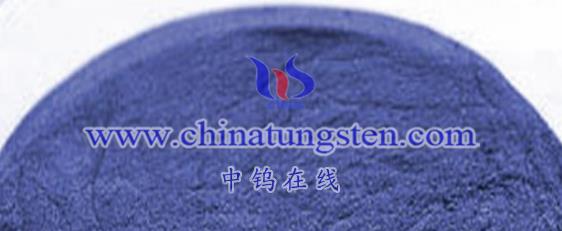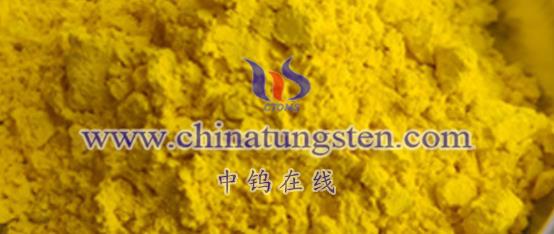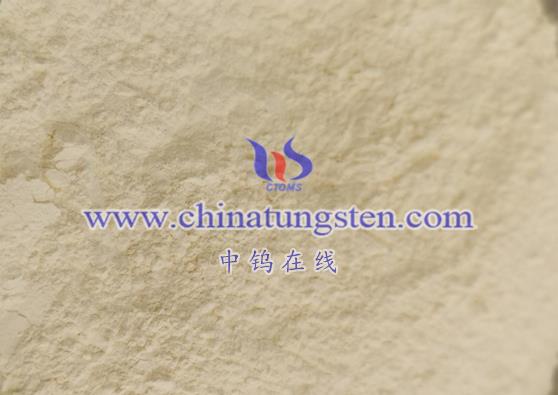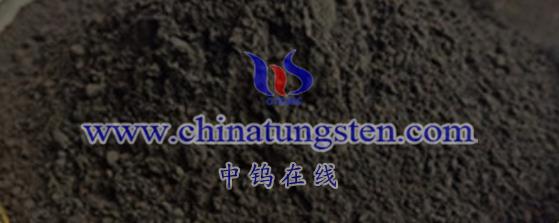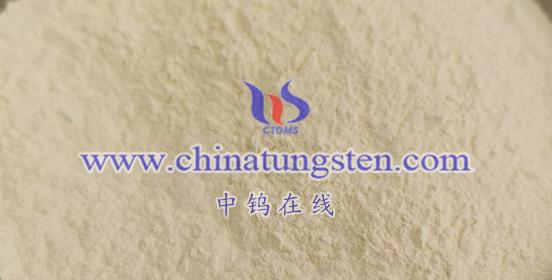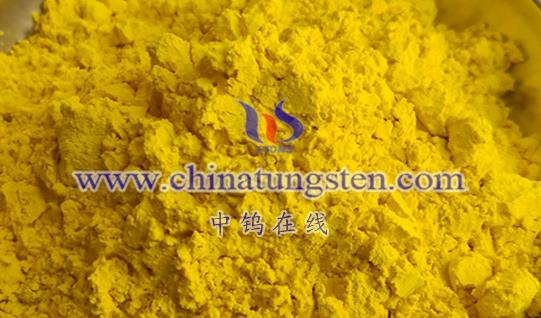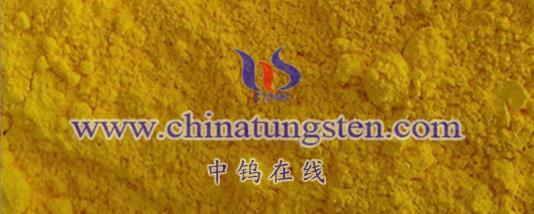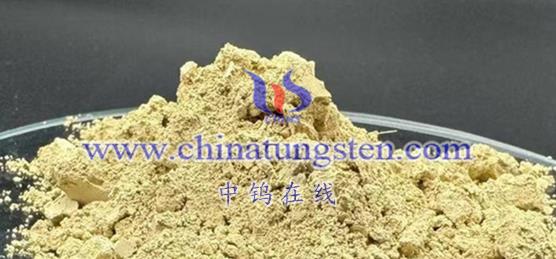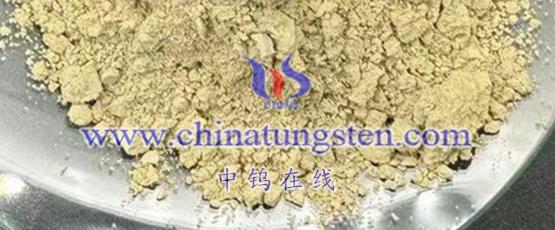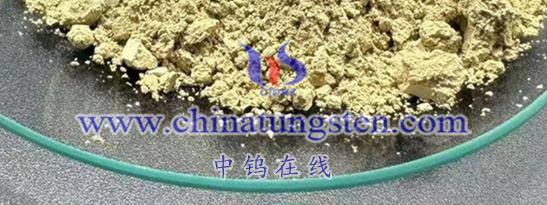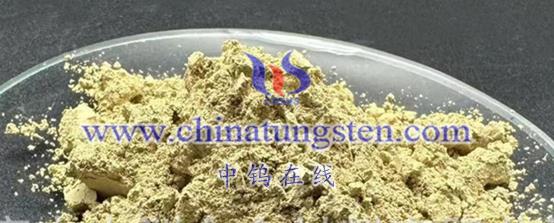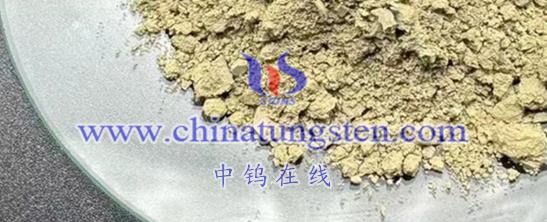
Nanomolybdenum oxide, or nanoscale tungsten trioxide (WO3), has a series of unique chemical properties. Below is a detailed summary of these properties:
- Physical State and Color
Appearance of Nanomolybdenum Oxide: Nanomolybdenum oxide typically appears as a light yellow powder, a characteristic influenced by its chemical composition and nanoscale size.
- Solubility of Nanomolybdenum Oxide
Water Solubility: Nanomolybdenum oxide is insoluble in water. This is due to the stability of the tungsten-oxygen bonds in its molecular structure, which do not easily interact with water molecules.
Acid-Base Solubility: It is soluble in bases such as sodium hydroxide (NaOH) and calcium hydroxide (Ca(OH)₂), forming corresponding tungstate salts. It is only slightly soluble in acids, but notably, it is almost insoluble in any inorganic acid except hydrofluoric acid (HF). Hydrofluoric acid has unique chemical properties that allow it to react with tungsten trioxide.
- Chemical Reactivity of Nanomolybdenum Oxide
Reaction with Hydrofluoric Acid: The reaction between WO3 and HF is as follows: WO3+4HF→H2(WO2F4)+H2Otext{WO}_3 + 4text{HF} rightarrow text{H}_2(text{WO}_2text{F}_4) + text{H}_2text{O}WO3+4HF→H2(WO2F4)+H2O This is one of the few dissolution reactions of nanomolybdenum oxide in inorganic acids.
Reaction with Bases: For example, reacting with sodium hydroxide produces sodium tungstate (Na2WO4) and water: WO3+2NaOH→Na2WO4+H2Otext{WO}_3 + 2text{NaOH} rightarrow text{Na}_2text{WO}_4 + text{H}_2text{O}WO3+2NaOH→Na2WO4+H2O Similarly, it reacts with calcium hydroxide and ammonia water to form corresponding tungstate salts.
Reducing Properties: The tungsten in nanomolybdenum oxide has an oxidation state of +6, which gives it strong reducing properties. In the presence of hydrogen (H2) or carbon monoxide (CO), it can easily produce tungsten metal powder, with the reactions being: WO3+H2→W+3H2Otext{WO}_3 + text{H}_2 rightarrow text{W} + 3text{H}_2text{O}WO3+H2→W+3H2O WO3+3CO→W+3CO2text{WO}_3 + 3text{CO} rightarrow text{W} + 3text{CO}_2WO3+3CO→W+3CO2
- Stability of Nanomolybdenum Oxide
Thermal Stability: Nanomolybdenum oxide may undergo phase transitions at high temperatures, but its chemical structure is relatively stable under normal conditions.
Photostability: As a photocatalyst, nanomolybdenum oxide remains stable under illumination and promotes photocatalytic reactions.
- Catalytic Performance
Nanomolybdenum oxide exhibits unique catalytic properties and is commonly used as a catalyst or auxiliary catalyst in petrochemical and other industries. It can participate in various chemical reactions, such as hydrogenation, dehydrogenation, oxidation, isomerization, and alkylation, enhancing reaction efficiency and yield.
- Other Properties
Specific Surface Area: Nanomolybdenum oxide has a large specific surface area, which contributes to its catalytic activity and other surface effects.
Electromagnetic Wave Absorption: Nanomolybdenum oxide shows strong absorption of electromagnetic waves, making it an excellent solar energy absorbing material and a candidate for camouflage materials.
The rich and diverse chemical properties of nanomolybdenum oxide—including its physical state, solubility, chemical reactivity, stability, catalytic performance, and electromagnetic wave absorption—position it with broad application prospects in various fields.
More details of tungsten oxide product, please visit website: tungsten-oxide.com
Please contact CHINATUNGSTEN for inquiry and order of tungsten oxide:
Email: sales@chinatungsten.com
Tel.: 86 592 5129595
